
In an unexpected turn of events in the Klondike gold fields of Canada’s Yukon territory, miners unearthed a truly remarkable and precious find—an impeccably preserved baby woolly mammoth, a rare discovery marking the first of its kind in North America.
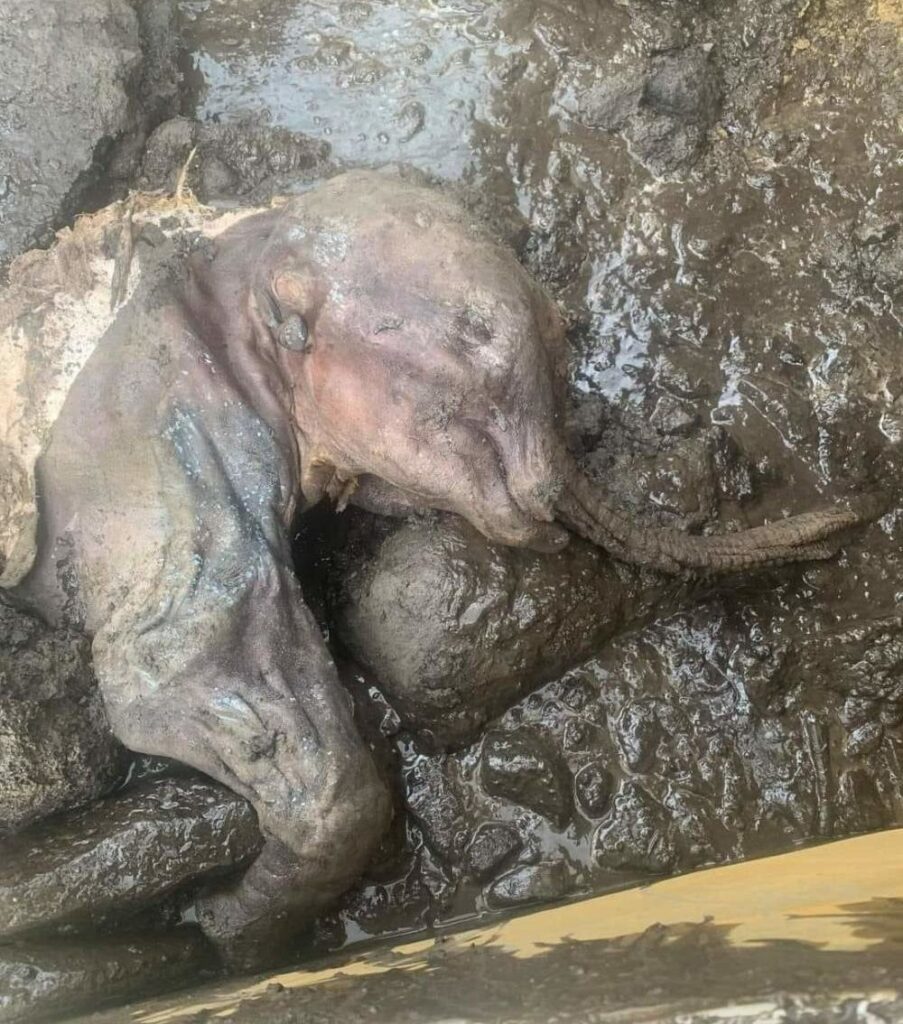
The discovery took place beneath the Eureka Creek as miners navigated through permafrost in the Yukon territory, renowned for its ice age fossil records. While the region has yielded various relics from the past, this particular find stands out as the first instance in North America where the mummified remains of a baby woolly mammoth emerged with intact skin and hair.

Named Nun cho ga, meaning ‘big baby animal’ in the Hän language, the young mammoth holds immense significance. The last comparable discovery occurred in 1948 when a partial mammoth calf named Effie was found at an Alaskan gold mine. However, the recent find surpasses Effie’s remains, providing a unique glimpse into the past.
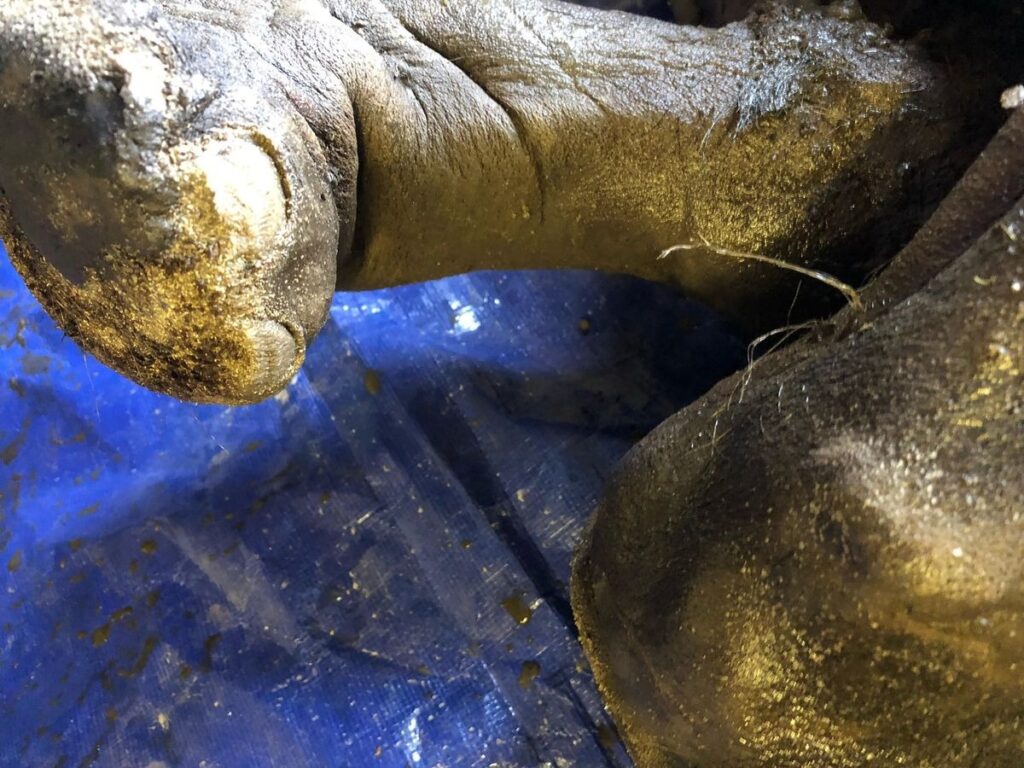
An examination by geologists from the Yukon Geological Survey and the University of Calgary revealed that Nun cho ga is a female who lived approximately 30,000 years ago during the ice age. Yukon paleontologist Dr. Grant Zazula expressed his excitement, stating, “As an ice age paleontologist, it has been one of my lifelong dreams to come face to face with a real woolly mammoth. That dream came true today. Nun cho ga is beautiful and one of the most incredible mummified ice age animals ever discovered in the world. I am excited to get to know her more.”
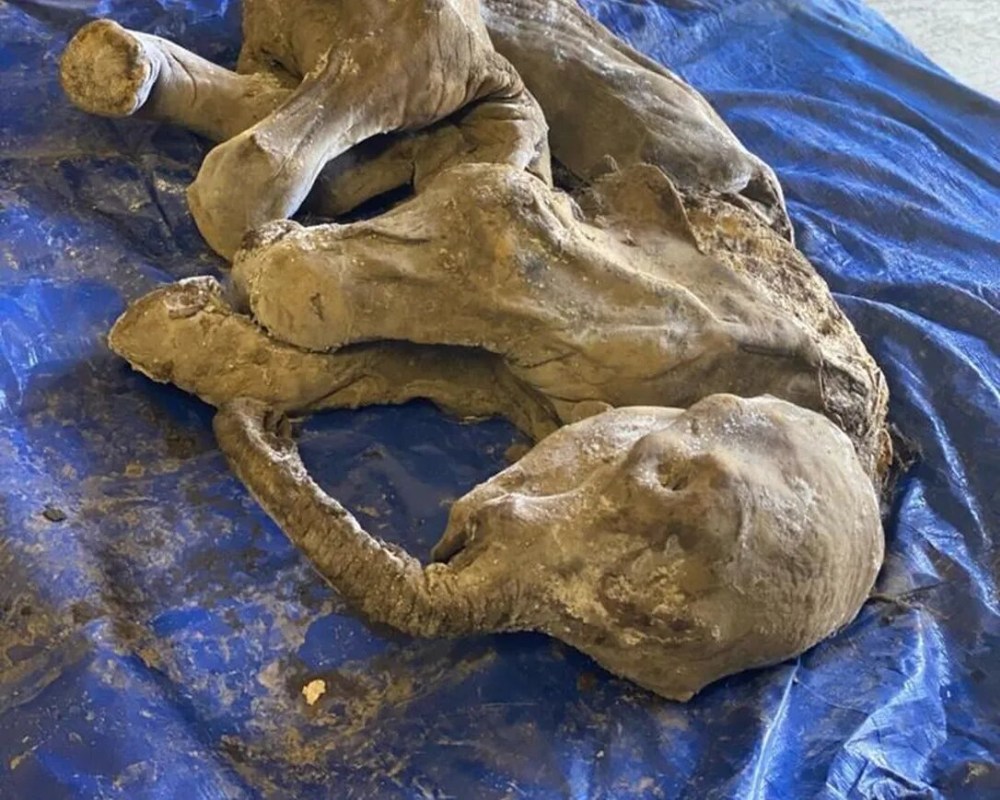
While advancements in scientific research, such as the partial revival of woolly mammoth cells, have been made, the future implications of Nun cho ga’s discovery remain uncertain. Bioscience company Colossal has been at the forefront of discussions around resurrecting mammoth-like species within the next six years. However, the ethical considerations of reintroducing a species extinct for over 4,000 years into a vastly transformed environment raise important questions about the potential consequences.
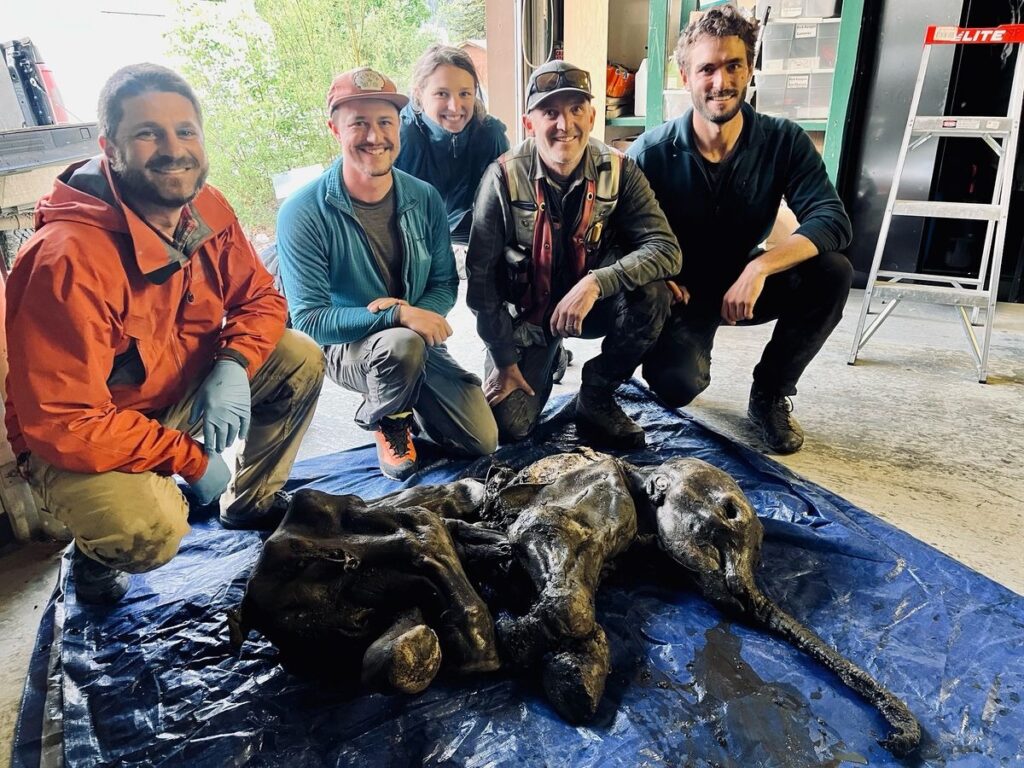
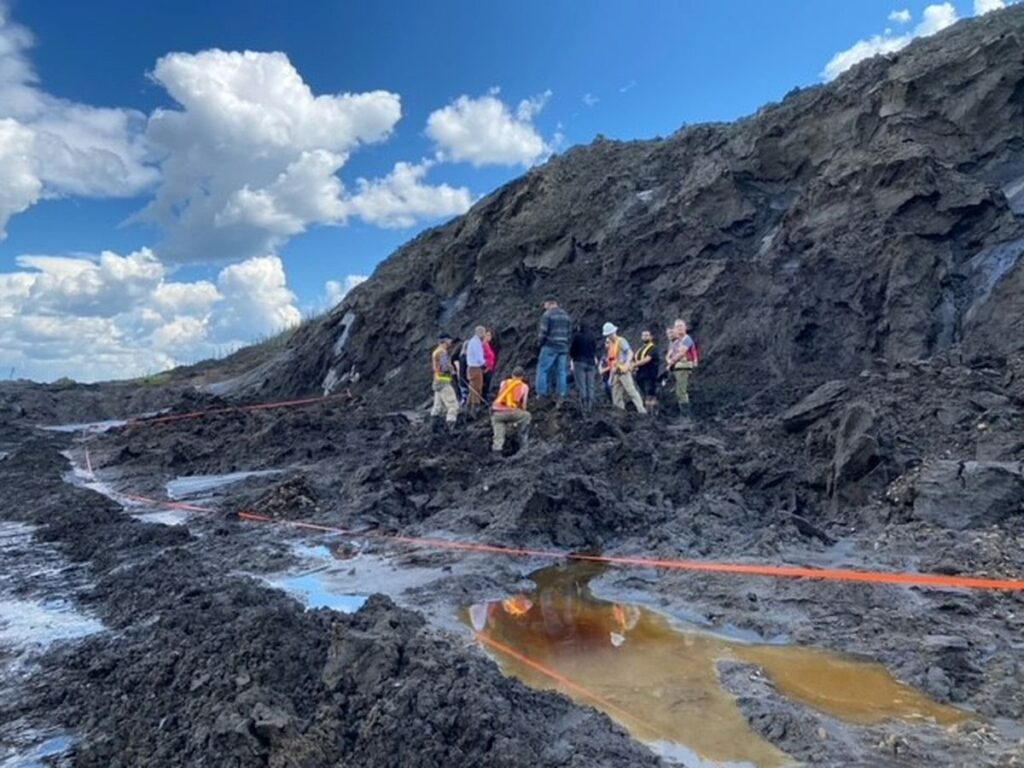
As scientists navigate the possibilities and challenges surrounding the newfound treasure from the Klondike gold fields, only time will reveal the extent of Nun cho ga’s contribution to our understanding of the past and the intricate web of life on Earth.

Leave a Reply